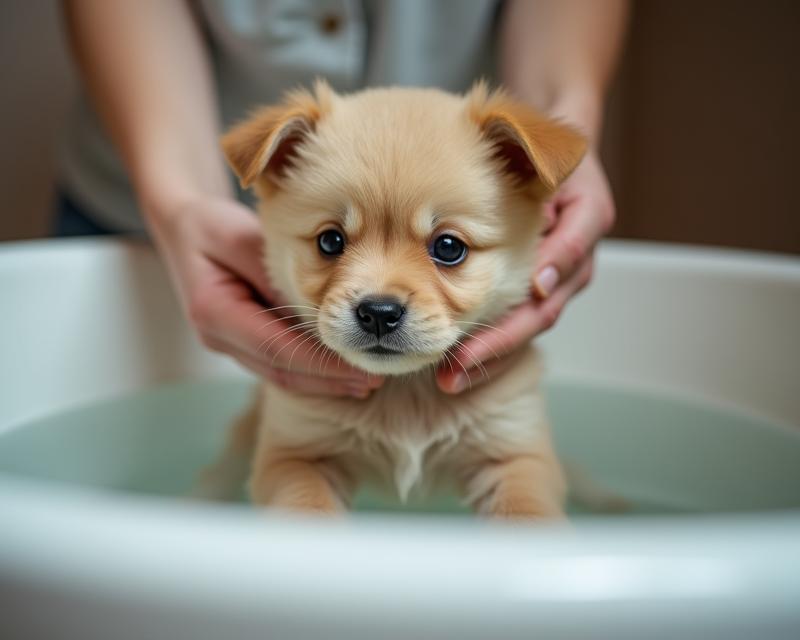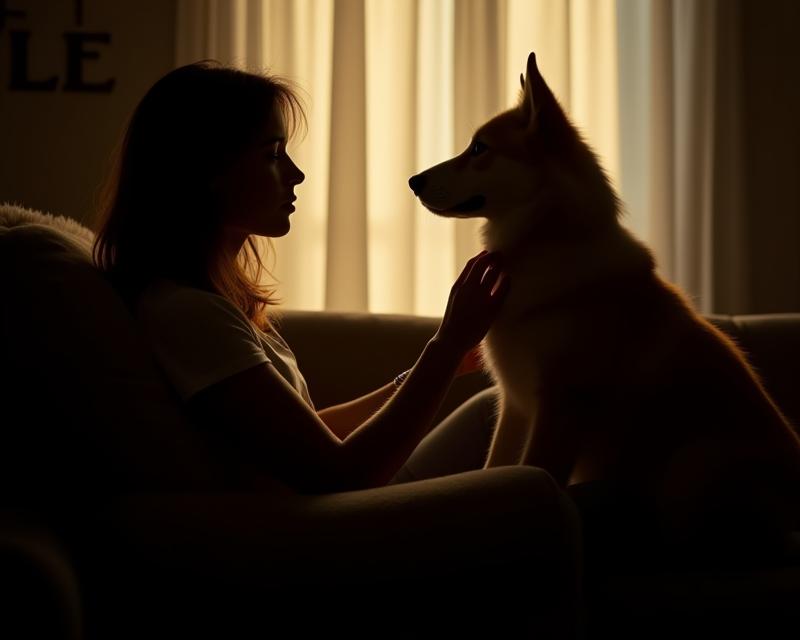Bath Time Blues: Puppy Potty Problems?
Publish in Health el 28/06/2025 19:04
Bath Time Blues: Puppy Potty Problems?
Bath time is essential for keeping your furry friend clean and healthy, but sometimes it can turn into a stressful experience, especially for small dog puppies! Many puppies experience difficulty urinating or defecating while in the bathtub. It's a common issue, and understanding why it happens can help you make bath time a more positive experience for both of you.

So, why does this happen? Several factors can contribute. First, the unfamiliar environment of the tub can be scary for a young puppy. The slippery surface, the sound of the water, and the feeling of being confined can all trigger anxiety. This anxiety can lead to a tight bladder or bowels, making it difficult to relax and go to the bathroom. Puppies also haven't fully developed their bladder and bowel control yet, so they're naturally more sensitive to changes in routine or environment. Furthermore, the water pressure can sometimes feel overwhelming or uncomfortable, adding to their distress.
Here are some tips to help your puppy feel more comfortable during bath time and avoid potty problems: Start slow! Don't force the bath. Introduce your puppy to the bathroom and the tub gradually. Let them explore and sniff around without any water involved. Then, start by just wetting their paws and gradually work your way up. Use lukewarm water. Water that's too hot or too cold can be uncomfortable. Keep the bath short and positive. Focus on praise and treats to create a positive association with bath time. Avoid getting water in their face. This can be frightening and make them more anxious. Consider using a non-slip mat. This will give your puppy better footing and help them feel more secure. And finally, if your puppy is consistently struggling, consult with your veterinarian. It's important to rule out any underlying medical conditions.
If your puppy does have an accident in the tub, don't scold them! This will only make them more anxious. Simply clean up the mess and try to remain calm. Remember, patience and positive reinforcement are key. With a little understanding and gentle guidance, you can help your puppy overcome their bath time anxieties and make bath time a less stressful experience for everyone. If you notice blood in their urine or stool, or if they seem to be in pain, seek veterinary attention immediately. It's always better to be safe than sorry!





